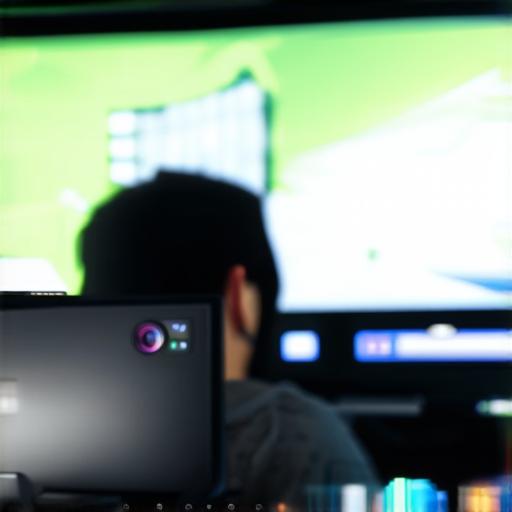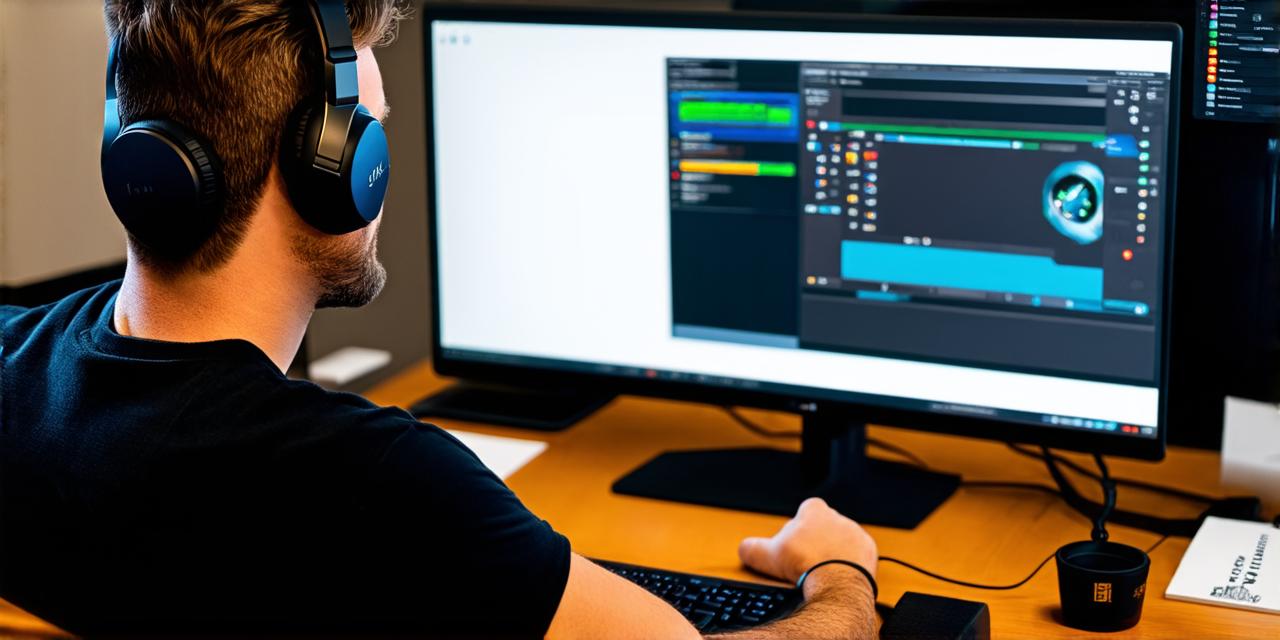
As a game developer, you know how important it is to create an immersive and engaging experience for your players. One of the key elements that contribute to this is camera control – the way in which the player can view and navigate the game world.
What is Unity 3D Camera Control?
Unity 3D camera control refers to the way in which the player can view and navigate the game world. This includes controlling the position, orientation, and movement of the camera, as well as adjusting the field of view and other settings. Mastering Unity 3D camera control is essential for creating an immersive and engaging gaming experience, as it allows players to fully explore and interact with the game world.
Why is Camera Control Important?
Camera control is important because it affects the player’s perception of the game world and their ability to navigate and interact with it. A well-designed camera can make the game world feel more immersive, while a poorly designed one can make it difficult for players to see what they need to do or where they need to go. Additionally, a well-designed camera can enhance the sense of realism in the game, making it feel like players are truly part of the game world.
Tips for Mastering Unity 3D Camera Control
- Use different camera angles and movements to add variety to the gameplay experience. This includes using panning, tilting, zooming, and other camera techniques to create a more dynamic and engaging game world.
- Pay attention to the player’s perspective and how it affects their ability to navigate and interact with the game world. This includes ensuring that the camera is positioned in a way that allows players to see important objects and areas of the game world, as well as avoiding camera movements that make it difficult for players to control their character or view important information.
- Experiment with different camera settings and effects to find what works best for your game. This includes adjusting the field of view, using depth of field to draw attention to specific objects or areas, and using camera filters and effects to create a unique and visually stunning gaming experience.
- Use case studies and personal experiences to learn from other game developers and improve your own skills. This includes studying successful games in your genre and analyzing how their camera control was used to enhance the player’s experience.
- Keep up-to-date with the latest trends and techniques in Unity 3D camera control by attending workshops, reading industry publications, and participating in online communities. This will help you stay current on best practices and new technologies that can be used to improve your own skills.
Real-Life Examples of Effective Camera Control in Games
One great example of effective camera control in a game is the use of dynamic cameras in Portal 2. In this game, the player’s perspective shifts based on their actions and the environment they are in, creating a sense of immersion and interactivity that is not found in many other games. Another example is the use of a low-angle shot in The Witcher 3: Wild Hunt, which makes players feel like they are part of the action and creates a sense of awe and wonder as they explore the game world.
FAQs
1. Q: How do I adjust the camera movement in Unity 3D?
You can adjust the camera movement in Unity 3D by using the Camera component in the Inspector window. This includes setting the camera’s position, orientation, and movement, as well as adjusting its field of view and other settings.
2. Q: How do I create a dynamic camera in Unity 3D?
To create a dynamic camera in Unity 3D, you can use scripting to control the camera’s movement based on player input or other factors. This includes using functions like LookAt() and FollowPlayer() to track the player’s position and orientation, and using transform.LookAt() to rotate the camera to face important objects or areas of the game world.
3. Q: How do I use depth of field in Unity 3D?
To use depth of field in Unity 3D, you can use the Post Processing stack in the Inspector window. This includes setting the Depth Of Field settings to control which objects are in focus and which are blurred, as well as adjusting other settings like the aperture and focal length to achieve the desired effect.
Summary
Mastering Unity 3D camera control is essential for creating an immersive and engaging gaming experience. By using different camera angles and movements, paying attention to the player’s perspective, experimenting with different settings and effects, and learning from other game developers, you can improve your own skills and create a more dynamic and visually stunning game world. With these tips and best practices in mind, you are well on your way to becoming a master of Unity 3D camera control.
